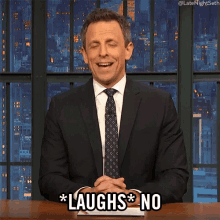AsenRG
#FuckWotC #PlayNonDnDGames
- Joined
- Apr 28, 2018
- Messages
- 17,499
- Reaction score
- 22,918
Well, no, in the Stone Age the door would be furs hung at the entranceof the cave!Let alone grasp the concept of calling for friends meaning actually going to their house and knocking on the door. I mean, it was the Stone Age!





